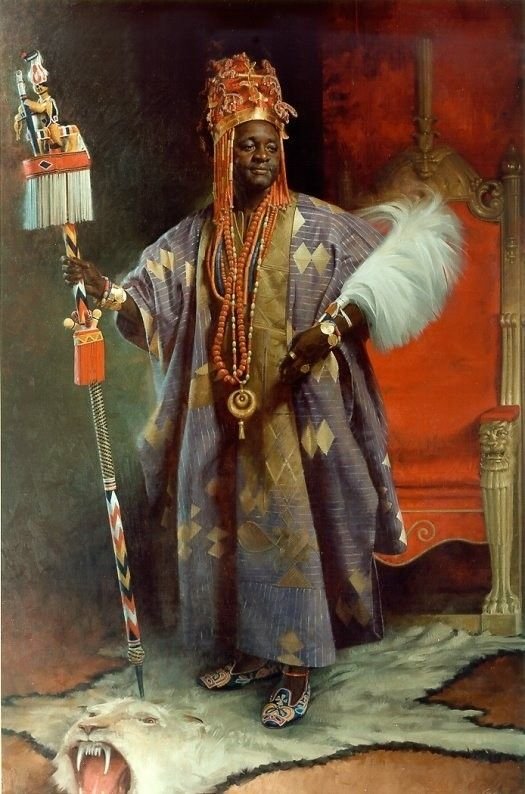The Making of Agbádá
Agbádá is a revival of the golden age of African menswear.
Its origin lies with the clothing worn by the Islamic Tukulor, Mandé and Songhai peoples of the 8th-century Takrur and Ghana Empires, and the 13th-century Mali and Songhai Empires. It became widespread throughout the West African region with the migration of semi-nomadic groups such as the Fulani, and traders such as the Dyula and Hausa.
Decorated with intricate embroidery, and worn on special religious or ceremonial occasions, it is a potent symbol of power and status worldwide. Older agbádás have become family heirlooms passed on from father to son and are worn as status symbols.
Today, as an homage to the spirit of the Agbádá and reverence for its craftsmanship, we revive this storied heritage for a new generation of modern men.
